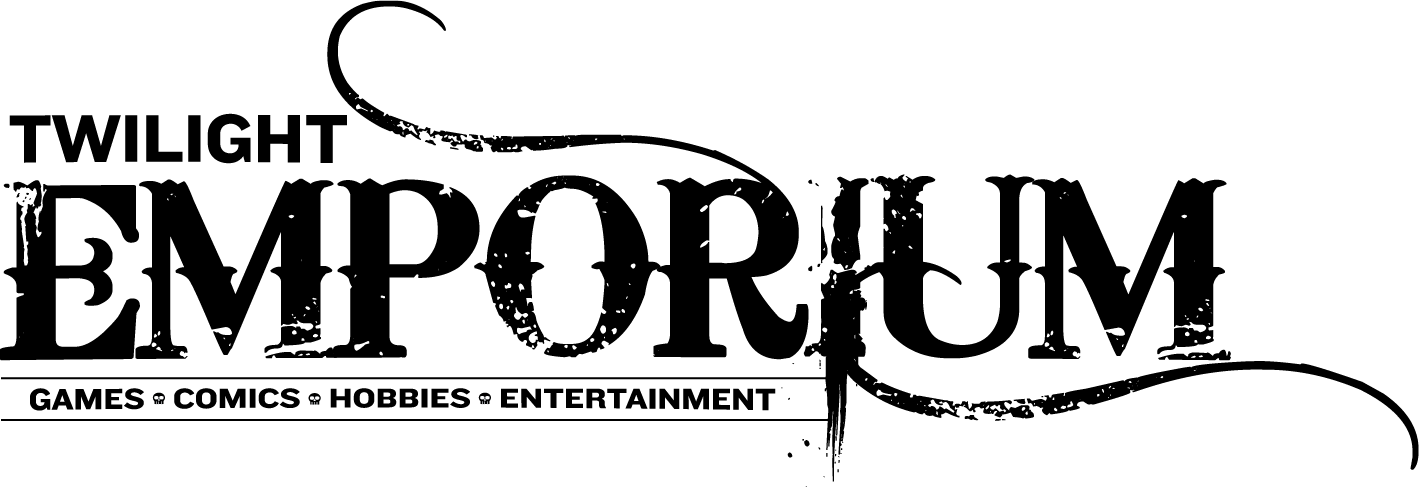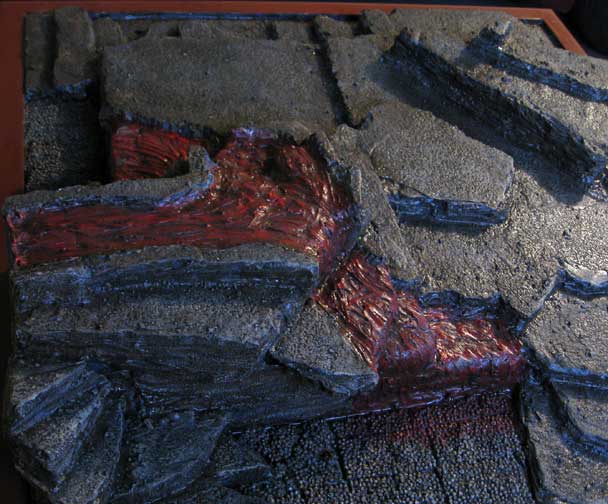Waterfalls ... stick to the lakes you're used to
/Helldorado – Painting is almost wrapped up on my Hell board. I dry brushed the the whole thing with a lighter grey and tan. After that dried I used a water-based wood stain to shade the entire piece. The woodstain is cheaper than using inks or washes and gives a similar effect. To apply the stain I stipple it over the entire board, while it's still wet I take a rag and gently wipe off the stain. Paying particular attention to the edges and areas that would be worn to remove as much of the stain as possible.
Now that that's done, it's time to get started on the water effects. This is going to be the trickiest part of the process as I've never built a waterfall and the techniques I've found online all use different products.
I picked up a Scenarama water kit to see how they recommend building the waterfall. The kit is a bit pricey for what you get but I used a 40% off coupon at the craft store to get it for a more reasonable cost. It comes with some glossy water (which I assume is little more than a thick gloss paint) as well as a thicker paste that dries clear for texturing the water. They include a sheet of wax paper to build the waterfall with the thicker paste. After it dries you peel it off and attach to the area where the fall will go.
I'm a little leary of this process as I don't think it's going to give me the effect I'm looking for. However since I have it and you create everything separate I'm going to give it a try.
The other option I've found uses clear acrylic caulk. Basically you follow the same process as the Scenarama kit, use wax paper or another nonstick material to build your fall and then attach it after it has dried. It seems like this might be the more durable choice, so I'll also be trying this method.
For the other areas I'll be using Envirotex light. While this is a costly material, I've had plenty of experience using it and feel confident that it will work for what I need it to. I think I'll be doing two pours of the epoxy, one to create a base for the water and a second after I've attached the falls. The tricky part is building up the pools where it will go to prevent them from running and flowing everywhere. To prevent this from happening I've used caulk to build up a lip, hopefully this will keep it where I want it to stay.






















